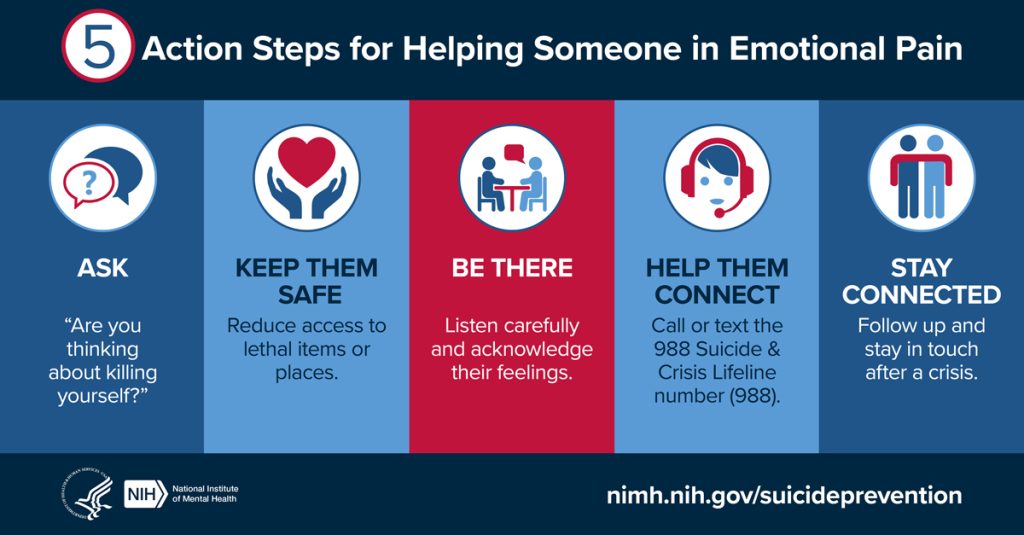After visiting a doctor, your students may be prescribed medication, and they may come to you with questions about how to get these medications from the pharmacy and the amount they need to pay out-of-pocket. If your students do not have a health insurance plan in place or if they need to pay for the medications upfront, students may be looking to minimize the amount they have to spend on prescription medications.
There may also be times when a medication isn’t covered under their plan – for example, if a student is taking medication that was prescribed to them before they arrive in the United States, this likely won’t be covered due to pre-existing condition limitations. They may also be prescribed medication that is related to a condition excluded from their plan, like contraceptives or medication for acne.
In this blog, we’ll discuss different ways for students to find discounts on prescription medication costs, from discount drug cards, online cost comparison platforms, and pharmacy discount programs. We’ll offer suggestions on ways to receive discounts on non-covered medications, and we’ll also look at different options for discounts on birth control methods that would not normally be covered under an international health insurance plan.
Discount Drug Programs
Students can utilize discount drug programs to reduce the out-of-pocket expense they would need to pay at the pharmacy, and they can also use these programs for prescription medication that may be related to a general exclusion of the plan that wouldn’t be covered. Below, we’ll look into some different options available to your students to help with the expenses associated with covered, and non-covered, prescription medications.
Discount Pharmacy Cards
Most of the plans offered through ISI come with a discount prescription pharmacy card. This is not insurance coverage, but instead, is a discount card students can present at the pharmacy when picking up their prescription medication that offers a discount on the amount that needs to be paid out of pocket.
For example, our Student Secure plan includes the VantageAmerican Discount Pharmacy Card, which will offer an average savings of 5% to 15% off brand drugs and an average of 15% to 40% off the price of generic drugs. Once the discount is applied to the prescription, the remaining expenses can still be submitted to the insurance company for reimbursement as usual.
These cards sometimes include discounts on routine vision and dental services as well, which are not generally covered by international student health insurance plans, so the benefit of these kinds of discount programs goes beyond just prescription medication. These cards will be included in the policy fulfillment students receive when they purchase the plan, and if they have questions about these programs, they can contact our customer service team for more information.
GoodRx
GoodRx is an online platform that allows students to compare prices and find discounts on prescriptions being paid for without insurance coverage. By using GoodRx, students will be able to find the pharmacy in their area that has the lowest price for their prescription, and they can also find coupons that will provide a discount on the amount they need to pay out of pocket. Once the discount is applied, they will need to pay the remaining amount at the pharmacy, and can then submit a claim to their insurance company to be reimbursed per the plan’s benefits.
Pharmacy Discount Programs
Some pharmacies, like Publix and Walmart, offer certain prescriptions at a set price, making it more affordable for those who have to pay out of pocket for their medication.
For example, Publix offers certain maintenance medications, including Metformin, Lisinopril, and Amlodipine, for $7.50 for a 90-day supply, and antibiotics like Amoxicillin for $7.50 for a 14-day supply. You can view a full list of discounted medications offered through Publix here.
Walmart offers a variety of 30-day medications for just $4.00, as well as some 90-day doses for just $10.00. You can view a list of discounted medications offered through Walmart here.
CostPlus Drug Company
CostPlus is a great option for those who may have a condition that is not covered by their plan and need prescription medications for this condition. CostPlus charges the true cost of each medication – they cut out the pharmacy middleman and negotiate directly with the manufacturer to get the lowest price possible, and only charge a small administrative fee.
CostPlus does require a prescription from a U.S.-based provider, so students would need to visit a doctor to get a prescription before they can take advantage of this service. If the condition at hand is excluded from their plan, they would be responsible for any costs associated with the visit, but they can then use CostPlus to keep their prescription expenses low moving forward.
Birth Control Options without Insurance
In the United States, birth control is only available with a prescription from a doctor. Contraception methods are commonly excluded by international student health insurance plans, which means the initial visit to the doctor and the prescription would not be covered. We understand access to birth control is important, and the good news is there are quite a few low-cost options available for students, both online and in-person, that will offer discounts on the costs associated with birth control prescriptions.
Online
There are many online retailers that offer telehealth appointments with a doctor for birth control, and this can be a convenient way for students to get a prescription without having to pay for an in-person appointment. These platforms are a great option for those who don’t have insurance, and the prescription will be mailed directly to the student. Below you’ll find a few different options you can suggest to your students, but a quick Google search will provide you with a variety of different options available in your state.
Nurx
Nurx offers various services, tests, and birth control ordering options. Options without insurance include the birth control pill starting at $15, the birth control shot ranging from $75 every 3 months, and the birth control patch starting at $180 per month.
Hers
Hers includes a free initial medical consultation, with birth control options starting as low as $12 a month without insurance.
SimpleHealth
SimpleHealth makes it easy with affordable birth control options, free delivery, automatic refills, and unlimited access to speak with a doctor without health insurance.
In-Person
Some students may want to see a doctor in person before getting a prescription for birth control. Instead of making an appointment with a gynecologist, which would generally not be covered under their plan and could be expensive without insurance coverage, there are other low-cost options they can explore.
Planned Parenthood
Planned Parenthood works to make healthcare in the United States accessible and affordable. They offer wellness exams, birth control prescriptions, and STI testing at low costs, and some centers even charge based on income. Students can find a Planned Parenthood location near them online and can contact them to find out more about the costs associated with a visit and a birth control prescription.
State Reproductive and Sexual Health Services
Different states around the country offer reproductive and sexual health services at low-cost, including comprehensive birth control options, pregnancy testing, STI testing and treatment, and reproductive cancer screenings. Students can find clinics that offer these services online here, and the cost of these services are based on each individual’s ability to pay.
Discount Drug Programs
As mentioned earlier, there are quite a few discount drug programs students can utilize when paying for their prescription medications. These programs work for birth control prescriptions as well, so if a participant does visit a doctor for a birth control prescription, they can compare prices and look for the most affordable option through platforms like GoodRx and RxSaver.
At ISI, we believe prescription medication, whether covered or not through insurance, should be easily accessible for your students at affordable prices. If students come to you with questions about prescriptions, you can provide them with the different discount options we’ve discussed in this blog to ensure they’re aware of the different resources available to them to help keep the costs associated with their prescriptions as low as possible! If you have any questions about certain prescriptions or any of the discount programs mentioned above, please don’t hesitate to contact our customer service team at ISI and we’d be happy to help!














Recent Comments